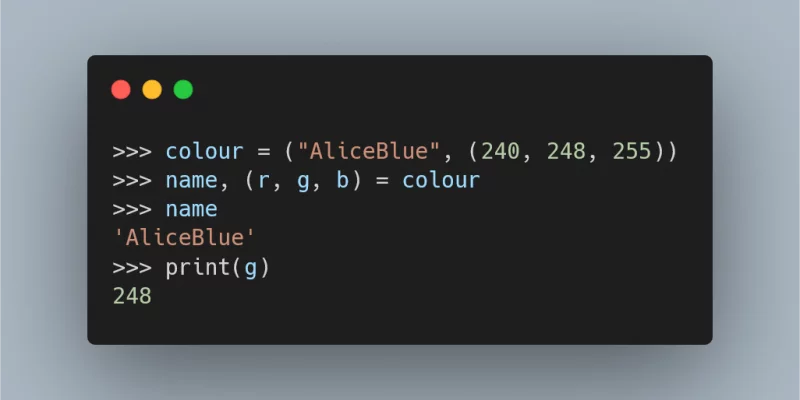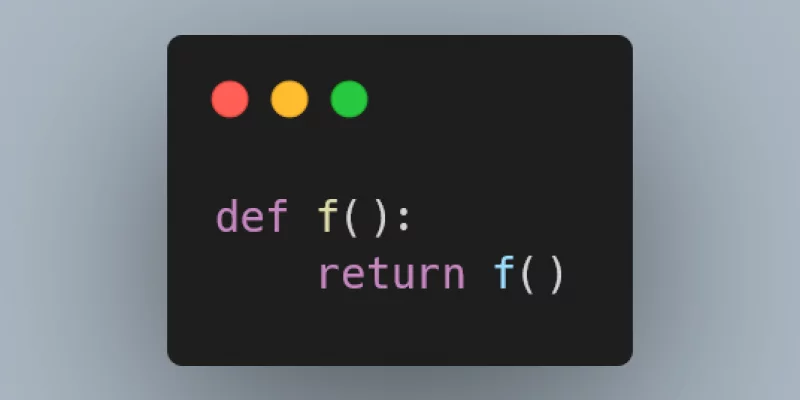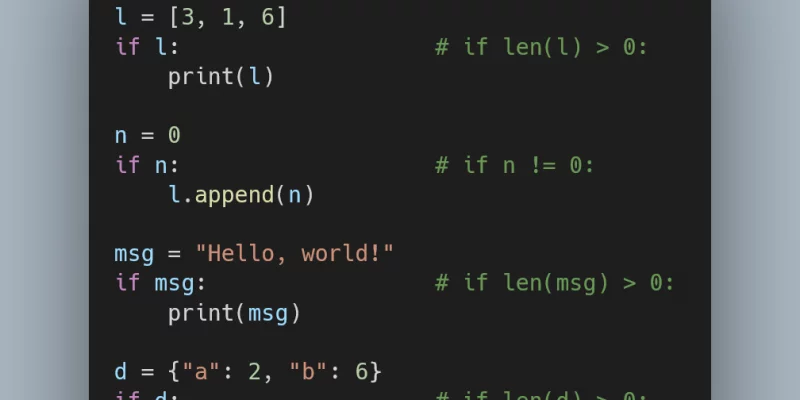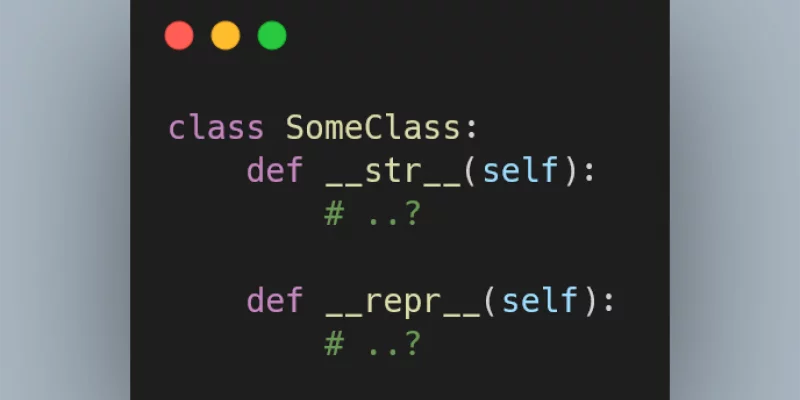Learn about deep unpacking, a powerful way to write assignments in your code that protects you against unexpected bugs and that you'll rely on heavily when using the structural pattern matching feature that was introduced in Python 3.10.
You are sunbathing when you decide to go and talk to some friends under a nearby sun umbrella, but first you want to get your feet wet in the water. What is the most efficient way to do this?
Recursion is a technique that you should have in your programming arsenal, but that doesn't mean you should always use recursion when writing Python code. Sometimes you should convert the recursion to another programming style or come up with a different algorithm altogether.
All Python objects can be used in expressions that should
return a boolean value, like in an if or while statement.
Python's built-in objects are usually Falsy (interpreted as False)
when they are “empty” or have “no value” and otherwise they
are Truthy (interpreted as True).
You can define this behaviour explicitly for your own
objects if you define the __bool__ dunder method.
This problem is a step up from Problem #028 - hidden key. Can you tackle this one?
Python's str and repr built-in methods are similar, but not the same.
Use str to print nice-looking strings for end users and use repr for debugging
purposes.
Similarly, in your classes you should implement the __str__ and __repr__
dunder methods with these two use cases in mind.






